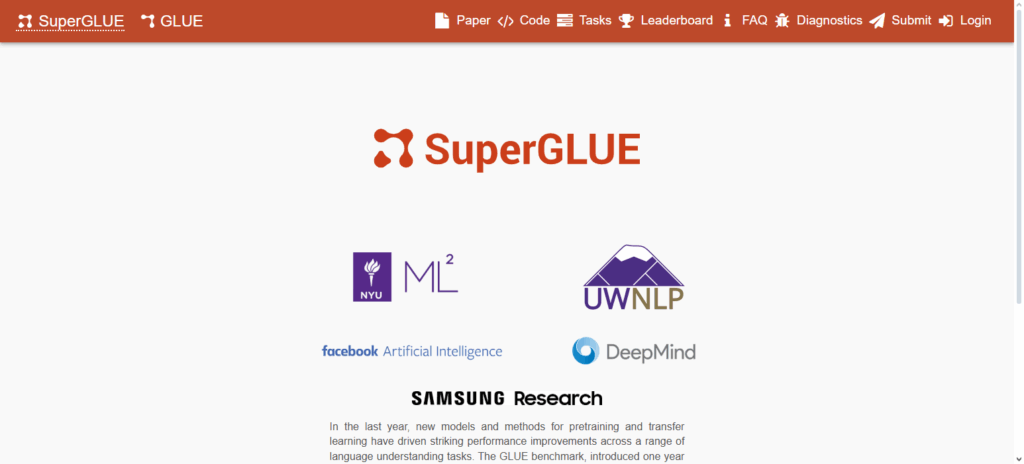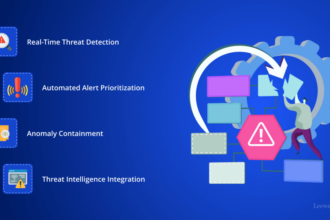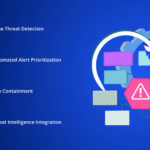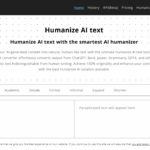In this article, I will cover the What is LLM Benchmark, an essential part when talking about the performance of Large Language Models.
LLM benchmarks act as a type of test designed to assess the language model’s reasoning capabilities, as well as its accuracy in understanding language, and the ability to carry out language tasks.
These benchmarks assist makers in evaluating and contrasting various models as well as understanding the functions of the model to make sure the AI works properly even in applicable real world conditions.
What is LLM Benchmark?
An LLM benchmark is a standardized assessment model meant to gauge performance of Large Language Models (LLMs) across multiple tasks including reasoning, problem-solving, understanding language, and even coding.

Such benchmarks allow for quantifiable assessments of AI models and their capabilities along with strong and weak points. Some of the well-renowned LLM benchmarks are GLUE, SuperGLUE, MMLU, and BIG-bench, with each measuring and testing distinct functionalities.
Benchmarks are utilized to calculate the efficiency, accuracy and reliability of the models to ensure they fulfil the requirements of real world application, along with fostering constant progress.
Why Are LLM Benchmarks Important?
Standardized Evaluation – Help assess various Large Language models in a structured and consistent manner.
Strengths & Weaknesses – Reveal possible areas negative and positive areas in performance in reasoning, accuracy, and coding in the capabilities of an LLM.
Research & Development – Aid in concentrating on the performance deficiencies in models in order to improve the LLM.
Real-World Relevance – Assess how LLMs perform on tasks in the real world that are not covered in the training dataset.
Transparency – Provide concrete data that researchers, companies, and customers know and trust to help improve the models and develop new ones.
Popular LLM Benchmark Suites
SuperGLUE
SuperGLUE is another benchmark which measures the capabilities of an LLM having transcended the mere tasks of comprehension of the texts.

GLUE was simpler than this because of the complexity of reasoning, INFERencing, and language use in real life.
This model analyses and LLMs nuanced contexts, multi step reasoning and requires an deeper evaluation even for semantics of LLMs. Most probably the only benchmark which is human-like and LLMs of today is referred to as the gold benchmark for evaluating an AI of the coming era.
How LLM benchmarks work
Task-Based Evaluation – Each model is evaluated in different tasks under specific boundaries such as reading comprehension, logic, translation, or coding.
Datasets Input & Outputs Comparisons – The model is provided and tested on certain input data and the model’s output is evaluated based on provided and expected answers.
Measures of Scoring – The output value obtained is measured in accuracy, perplexity, consistency, or F1 Score.
Inter-Model Comparisons – The obtained scores offer a possibility for the researchers to evaluate a number of LLMs on the same tasks.
Stress Testing – The benchmarks consist of real-life, difficult problems that test the flexiblity and dependability of the model.
Key Metrics Used in LLM Benchmarking
These are the primary metrics used while benchmarking the LLM:
Accuracy – Determines the correctness of the answers provided by the model.
Perplexity – Determines the ease of a model in predicting a sequence of a sentence, the lower, the better.
F1 score – Determines a balance between precision and recall.
Factual Consistency – Determines how reliable the output generated is.
Bias & Fairness – Evaluates the presence of stereotypical and discriminatory outputs by the model.
Efficiency & Latency – Determines the speed and the amount of resources used while answering a question.
Limitations of LLM benchmarks
Overfitting Risk
Models might be fine-tuned to excel on the benchmarks without actually enhancing any of the underlying capabilities.
Lack of Context Diversity
Several benchmarks are unable to capture domain-specific, cultural, or linguistic subtleties.
Static Nature
As soon as benchmarks are established and become popular, models become attuned to them and lose the ability to tackle new, unexplored challenges.
Limited Real-World Alignment
Benchmarks tend to be overly simplified and do not mimic the underlying human unpredictability and complexity.
Ethical Blind Spots
Bias, fairness, and disinformation are not the focal points of the evaluation.
Common LLM benchmarks
There are many LLM benchmarks implemented today. Below is a list of a few:
GLUE (General Language Understanding Evaluation) – Assesses familiar language understanding tasks such as understanding sentiment and textual entailment.
SuperGLUE – More sophisticated than GLUE by assessing reasoning, surface inference, and greater levels of language understanding.
MMLU (Massive Multitask Language Understanding) – Measures understanding across 57 domains of academics and professions.
BIG-Bench (Beyond the Imitation Game Benchmark) – Community-maintained benchmark comprising 200+ tasks assessing reasoning, creativity, and commonsense.
HumanEval – In the context of programming, it assesses how well LLMs can generate code and solve problems.
HELM (Holistic Evaluation of Language Models) – Maintains a wide lens of focus, assessing precision, robustness, bias, and resource efficiency.
The Future of LLM Benchmarking
Benchmarking LLMs is evolving to be more flexible, dynamic, and centered on human intuition. Traditional benchmarks continue to fall behind on the breakneck advances in artificial intelligence.
Thus, there is an urgent need to design benchmarks that grow themselves alongside the technology. Future benchmarks will likely focus on practitioner-centric tasks and consider elements beyond accuracy, such as trust, fairness, and ethical adherence.
They will likely include multimodal, interactive, and ever-evolving tasks to mitigate overfitting. In the end, the next generation of benchmarks will focus on real-world practicality rather than theoretical utility, enhancing the reliability of LLMs across varied and intricate contexts.
Conclusion
To sum up, an LLM benchmark is quite important for assessing and contrasting the performance of Large Language Models over different tasks. It provides a systematic approach for gauging accuracy, reasoning, adaptability, and effectiveness in LLMs and assists the developers and researchers in discovering strengths and weaknesses.
Even though the current benchmarks have shortcomings, they are still important for fostering advancement and defining the performance goals.
As the field of AI advances, forthcoming benchmarks are likely to focus beyond the abstract and quantitative, moving towards engagement in pragmatic and human-centric evaluations to ascertain that LLMs yield results that are literally valuable and above all, dependable.
FAQ
Why are LLM benchmarks important?
They provide fair comparisons between models, highlight strengths and weaknesses, and guide AI research and development.
What are examples of LLM benchmarks?
Common ones include GLUE, SuperGLUE, MMLU, BIG-bench, HumanEval, and HELM.
Do benchmarks reflect real-world performance?
Not always—many benchmarks are static and may not fully capture complex, real-world interactions.
How will LLM benchmarking evolve?
Future benchmarks will likely focus on fairness, trust, ethics, and dynamic real-world applications.














